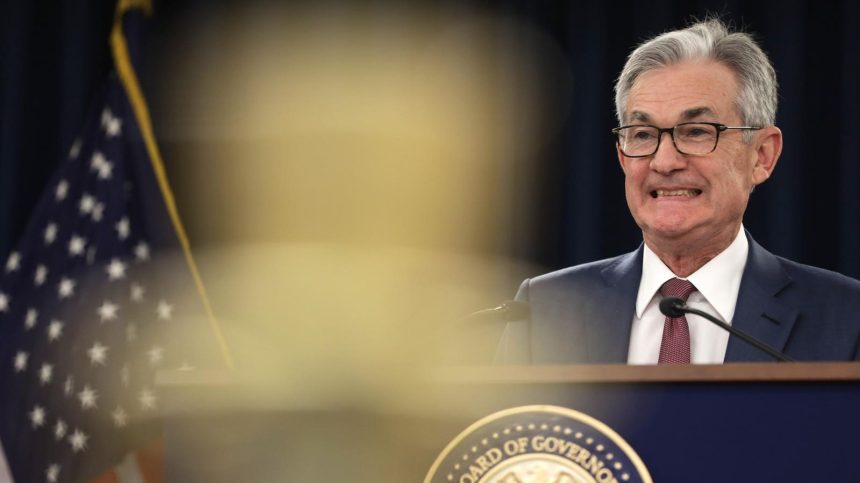There is more evidence every passing day that the U.S. is undergoing a secular change towards higher average interest rates. For almost fifteen years investors, business leaders, governments, and consumers have become accustomed to historically low costs of borrowing. The unusually low cost of money over this period has propelled asset values ever higher as participants in the economy have become more and more leveraged.
When observing the 10-year treasury rate over the last 54 years, the last 10 years are the anomaly in terms of low rates. Rates only occasionally dropped below 4% between 1962 and 2008. Since 2008, rates have been continuously below 4% until late 2022.
10 Year Treasury Rate
Powerful economic forces are acting as a serious tailwind for longer dated interest rates, increasing the probability of an enduring period of higher rates.
Inflation Is Trending Higher
Since June of 2022, when year-over-year inflation hit its cycle peak of just over 9%, inflation has steadily declined, even dipping briefly below 3%. Over the last three months, inflation has begun trending up and there are signs this could continue. At a minimum, it seems inflation will remain significantly above the Federal Reserve target rate of 2% with expectations of higher inflation rates becoming entrenched.
Inflation expectations influence long-term rates because lenders require higher interest rates when higher inflation is expected to protect the value of their interest payments from being inflated away. The Federal Reserve can do little to contain longer-term interest rates as supply and demand drive interest rates and therefore price, not monetary policy.
Federal Reserve Unlikely Or Unable To Intervene
The Federal Reserve does have one tool to moderate long-term interest rates that they have used almost continuously since the financial crisis. They can buy bonds in large enough size to put downward pressure on rates. The problem with beginning bond purchases again is asset prices would likely continue their meteoric rise, further stimulating the economy and inflation.
The Federal Reserve is in a box, over the longer-term, to control inflation the economy needs to cool, demand must fall, and wage growth must stabilize or retreat from current levels. These objectives likely cannot be achieved through initiating bond purchases leaving longer dated bonds to drift higher or remain at levels borrowers are stretched to afford.
Massive Government Deficits
The Federal Reserve cannot control government spending. Deficit spending is over 6% of GDP annually and headed towards 7% in 2024. This level of spending is acting as direct stimulus to the economy as businesses benefit directly from large spending programs initiated by the government. The economy is running above capacity, pushing prices (inflation) higher and offsetting monetary policy designed to control rising inflation.
Secular Change Happens Slowly
While major macroeconomic forces point to higher rates for longer period of time, secular change happens slowly. Rates are likely to oscillate to higher average rates over time. Of course, the Federal Reserve can always introduce surprises, in fact investors should expect they will. But long-term interest rates are less under the control of monetary policy and significant spending and tax reforms as well as stable inflation near the Federal Reserve target will be required to moderate interest rates over the long-term.
Investors should not turn a blind eye to the increasing likelihood that the United States may be entering into an era of higher rates and the impacts that will have on investment and markets. If rates remain elevated, stock market momentum will likely slow or reverse bringing assets from stocks to real estate lower producing potentially negative real returns for investors over the coming years. Enhancing diversification and controlling leverage may go a long way in an economic environment that poses many risks.
Higher interest rates do present opportunities for investors, specifically bonds could become more attractive than they have been in decades.
Read the full article here
















